Latest From Paragon
Posts and Resources
Video: Unlocking Potential: The Power of Early Intervention
Video: Autism and Food Challenges
Video: Early Signs of Autism
Video Series: Supporting Your Special Needs Child’s School Success
Early Socialization: Free Downloadable Resource
Fall Adventures: Free Downloadable Social Story for Families
Tips for commenting on 2021 ABA Manual Draft
Hello from Joshua at Paragon Autism Services
How to Cope with COVID-19: Resources for You and Your Child with Special Needs
Quick Links

Let’s Talk.
Let us know how our team can help support you! Contact us with any questions or to request services in Virginia.


